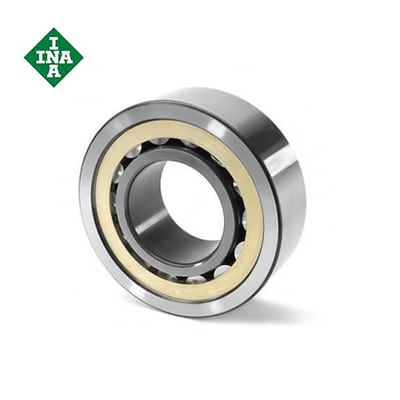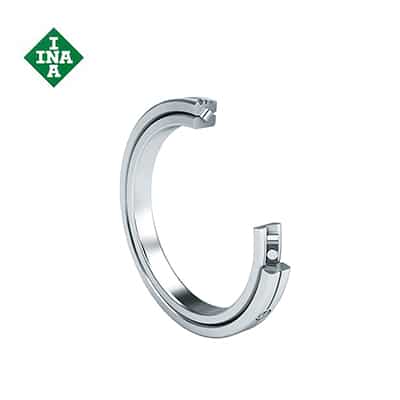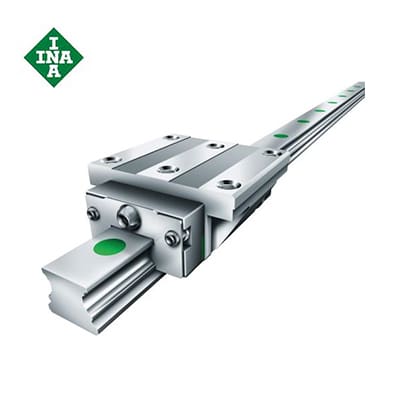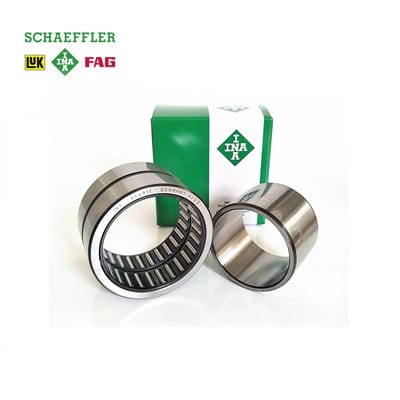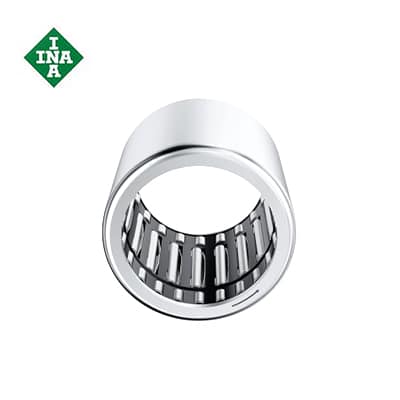Crossed roller bearing is a special type of bearing with divided inner ring and rotating outer ring. Because the divided inner ring or outer ring is fixed with the cross roller ring after the rollers and spacers are installed to prevent separation from each other, the installation of the cross roller ring is simple. Since the rollers are arranged in a crosswise manner, only one set of cross-roller collars can withstand loads in all directions. Compared with traditional models, the rigidity is increased by 3 to 4 times.
At the same time, because the inner ring or outer ring of the crossed roller bearing has a two-part structure, the bearing clearance can be adjusted, and high-precision rotation can be obtained even if preload is applied. Moreover, due to its special structure, it is often used as a spherical bearing in industrial robots.
Their rollers are arranged at right angles to each other at intervals between the inner wheel and the outer wheel. They can bear loads from all directions at the same time (such as axial, thrust or momentum loads, etc.). Because the rollers are in linear contact with the track surface, the possibility of elastic deformation of the bearing under load is very small. This type of bearing is widely used in situations such as industrial automatic robots, working machinery and medical facilities, where high rigidity, tightness and accuracy are required at high speeds.
In crossed roller bearings, because the cylindrical rollers are arranged vertically to each other through spacers, a single crossed roller bearing can bear loads in all directions, including radial load, axial load, and moment load. The dimensions of the inner and outer rings have been minimized, and the ultra-thin type has a compact size close to the limit and has high rigidity, so it is most suitable for joints or rotating parts of industrial robots, rotary tables of machining centers, etc. Used in robot rotating parts, precision rotating tables, medical equipment, measuring instruments, IC manufacturing equipment, etc.
